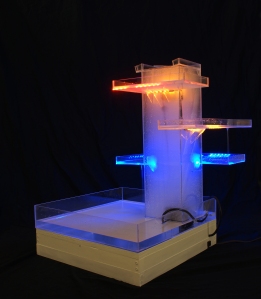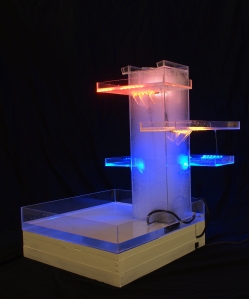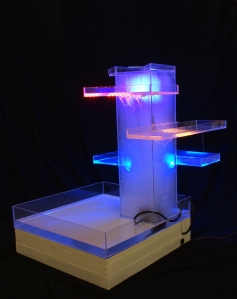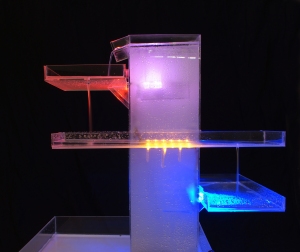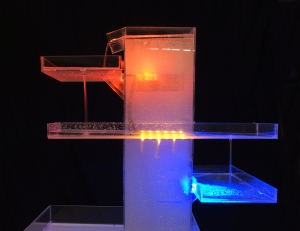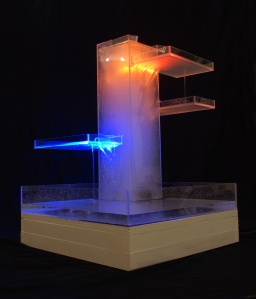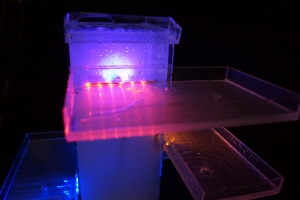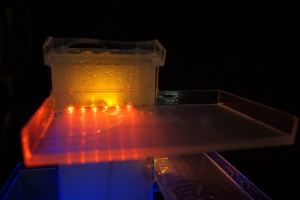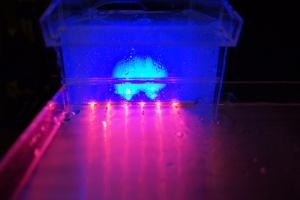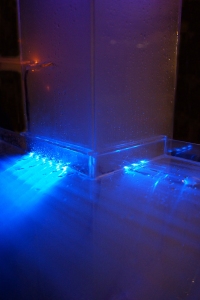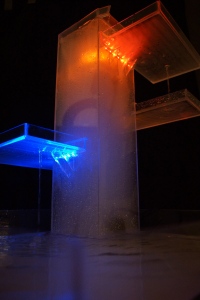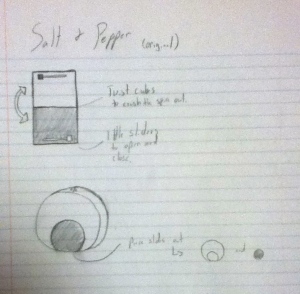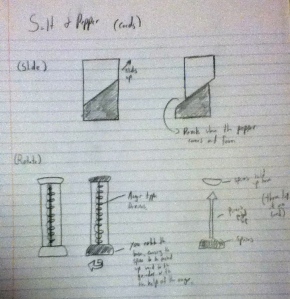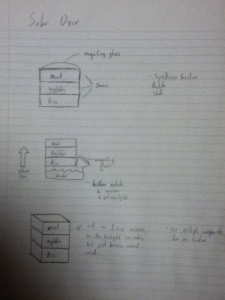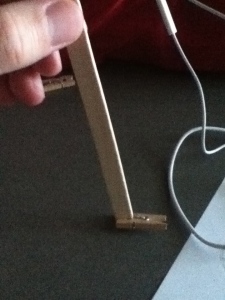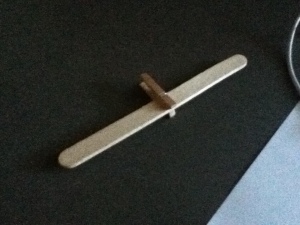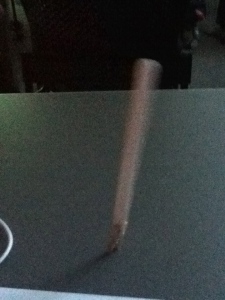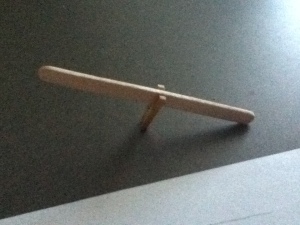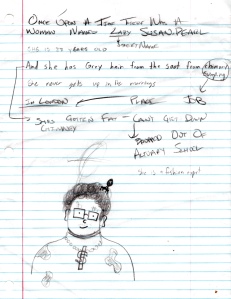After countless hours of work, and a little bit of fun, I have completed my final model. I am extremely pleased with how this all came together as a whole. I learned a great deal about myself and the way I work, but that I truly love what I am doing here at Iowa State in Industrial Design. I would really like to thank my professor Seda, for allowing me the creative freedom and liberties to go out and try something new. She had me step out of my comfort zone and really attack this project head on. In most scenarios we are told, what to design and given lots of criteria, and deadlines. For this project the requirements where: to do something creative that we normally don’t do, learn about our creative process, post our process on the blog as we go, and have a final deadline on April, 28th.
The main thing that I learned about my creative process is that when I start a project I am always working on the project, and that it is on my mind all the time, no matter what. This is both beneficial and a disadvantageous. Having it on my mind all the time allows me to keep working and problem solving all day. This leads to some eccentric and interesting ideas. It also really gets me into the project, because I seem to be one with it. (I know that sounds crazy). But I really grow to care about my product/design and want it to be the best possible thing that I can come up with this at point in time. I really feel attached to the project, not necessarily the idea, I have learned to let go of design ideas, and know that I must keep an open mind towards everything. In short when ever I produce a piece of work, I want to stand tall and be proud of my work. I want to feel great about having my name next to a piece. Although stay humble through it all. I don’t want to feel ashamed to have my work next to my final outcomes. This is a bad behavior I have recently come to terms with, and that is that in everything I strive for perfection. Which is not bad, but I am harming my body when doing this, because I lose sleep, and don’t eat well if I’m stressing over a project. This year I have really comes to term with the fact that not everything (or anything) will be perfect though, and that is really great. The harmful side to having the project on my mind all the time is that…well, It’s always on my mind. It can become very bothersome, and an inconvenience. It can become frustrating if I am stuck on a problem that I can’t seem to figure out, and sometime I will lose sleep over it. But when I finally land the solution it is such a huge sigh of relief. To combat this problem over thinking, I started this project the day it was assigned. This would allow me more than enough time to dig down deep to create a design, and structure to build, and if need be (and it needed be) build more than one model. Also with this much time I allowed for myself to take a break from the project, every week or so, to get my mind off of things and come back to it with a fresh start every couple days.
Another part of my process is that I revise my ideas a great deal. The reason that I do so is not what I would have initially thought either. I would have guessed that the reason I would be changing a design was only for the aesthetic quality. It turns out I put a large amount of my revising time into how it would function, ease of use, and the fluidity of the mechanics. I found my self looking up equations and formulas to figure out the flow of water, the speed it would travel, the amount of volume needed, and many more. Then I would go back to my design and re-iderate and re-iderate.
One thing that I already knew about my process was that I always push myself to the extreme. I always take a challenge and push my self to learn new things, and see if I can discover new talents and ideas along the way. I will never take the easy way out, I will always see what more there is to do. This is a quality of my process that I both hate and love. I wish sometimes I could just do a simple easy project and call it good. But I always find myself breaking past the idea of just doing the bare minimum and really pushing myself to see my extreme.
I struggled in the beginning of what the purpose of my fountain was and the message I was trying to unveil with it. I tried to design the fountain without first acknowledging those questions. This proved to be a terrible Idea, my design were plain and boring. But while researching and creating a stereotype personality for the fountain, I came across what I wanted to show. I created the whole premise of my fountain, and that it would be with both growth and light.
The meaning behind it all. The fountain illustrates the cycle of growth and change. This motif is found in many different ways throughout the fountain. It is done with the growth of color. The physical growth of each platform. The smallest taking up only one side of the fountain, the second taking up two sides of the fountain, and the third taking up 3 sides of the fountain. The growth of color is seen with the three platforms with the primary colors: Red, Yellow, Blue, and the inside of the fountain cycles through both primary and secondary colors. Then The growth of light and the holes where the water drops. On the top piece the LED’s are farthest away from the whole, on the second tier the LEDs are halfway to the hole, and the bottom base illuminates the last hole. There is the cycle and change of water as it goes from the bottom base platform all the way to the top until it trickles all the way down again, only to repeat the process. The water physically changes properties in the fountain as well, at some point it is stagnate water, at other points, flowing falling, or even turned into mist.
I truly loved working on this project.
